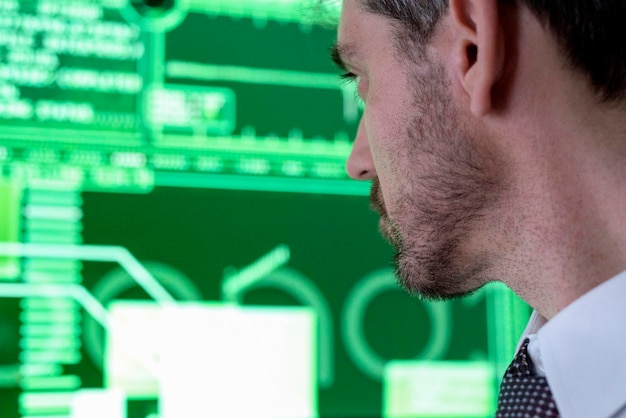If you've ever played with AI systems, you've probably noticed that they sometimes do things that weren't planned at all. Sometimes the results are great, sometimes rather dodgy. This is often due to a small but powerful villain: the so-called Recognising bias in artificial intelligence. Sounds exciting, doesn't it? Basically, it means nothing more than recognising biases in the data that an AI uses for learning. And believe me, the better you recognise the bias, the fairer and more reliable your AI system will be. No magic, just a bit of detective work!
Why recognising bias in artificial intelligence is so important
Imagine an AI deciding who gets a job or not. If the data it has been trained with contains prejudices - for example, only men as managers - then the AI simply reflects this. This is not only unfair, it can also go really wrong. The Recognising bias in artificial intelligence is the first aid kit, so to speak, for exposing discriminatory or incorrect decisions in good time. And even better: you can take targeted countermeasures to achieve fair results. Sounds good, doesn't it? Historically dry subject matter, but actually quite exciting because it steers the system in the right direction.
Distortions in the data - the problem lies in the detail
The core of bias is usually in the data set. After all, the AI learns from the data it receives. If the data is unbalanced, one-sided or even biased, this has an impact on the machine's decisions. This often goes unnoticed - which is why it is so important to learn to recognise bias in artificial intelligence.
How do I recognise bias in the system?
This is where our detective arsenal comes into play. There are various methods and tools for detecting distortions. These include statistical analyses, test runs with controlled data and manual checks. It is important to always critically scrutinise the results: Does the result match our expectations? Are there any indications of hidden prejudices? With a little practice, recognising them becomes child's play.
Known types of bias in AI systems
Some types of bias are particularly common and easy to recognise:
- Sampling biasIf certain groups are underrepresented in the data.
- Prejudice Bias: Biased assumptions hidden in the data.
- Measurement BiasErrors caused by incorrect measurements.
Knowing about these types of bias helps you to look specifically at where the big danger lurks. So don't just look at the first glance, but also delve into the details!
Tips for recognising bias in AI at an early stage
Here are my top tricks to help you recognise the bias in artificial intelligence:
- Check the data sources for balance.
- Test your system with controlled, regulated data.
- Use analysis tools that are specifically designed for bias detection.
- Work with a team that has different perspectives.
These tips will help you quickly recognise the hidden biases - so your AI becomes a fair player!
The path to a less biased AI - step by step
Humans are sometimes blind to their own biases, and unfortunately so are AIs. But don't worry, there are proven strategies for recognising bias more effectively:
1. audit data regularly
Like an early warning system, you should regularly check your data for distortions. This means analysing data by group, gender, ethnicity, etc. and seeing whether everything is balanced.
2. use various data records
The more diverse your data, the lower the risk of getting biased results. If your data only comes from a certain group, the AI will also reflect this.
3. integrate bias tests into the workflow
Incorporate special tests into your AI development that specifically check for bias. This saves time later on and ensures a fair result.
Conclusion: Recognising bias in artificial intelligence - a skill that pays off
The earlier you can recognise bias in artificial intelligence, the better you can counteract it before your AI becomes a thunderstorm of prejudice. This is not just an issue for developers, but for everyone who works with AI. Fairness, reliability and trust - these are the big plus points you gain if you keep an eye on bias.
